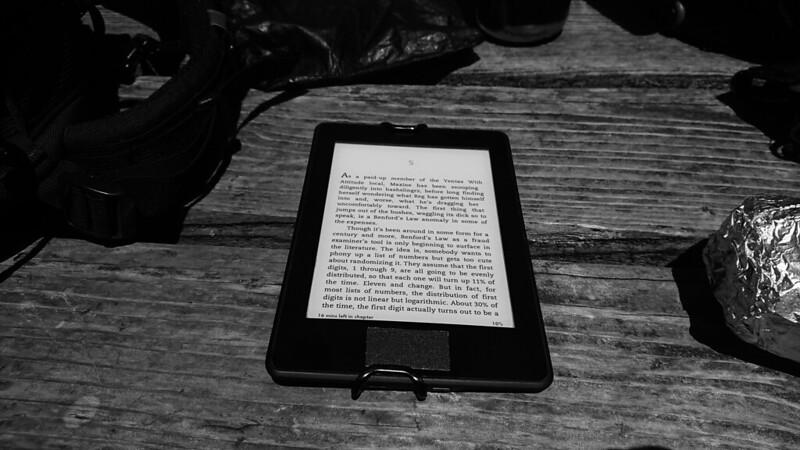A study from the University of Massachusetts found that a baking soda wash can be effective at removing pesticides from the surface:
Surface pesticide residues were most effectively removed by sodium bicarbonate (baking soda, NaHCO3) solution when compared to either tap water or Clorox bleach. Using a 10 mg/mL NaHCO3 washing solution, it took 12 and 15 min to completely remove thiabendazole or phosmet surface residues, respectively, following a 24 h exposure to these pesticides… This study gives us the information that the standard postharvest washing method using Clorox bleach solution for 2 min is not an effective means to completely remove pesticide residues on the surface of apples. The NaHCO3 method is more effective in removing surface pesticide residues on apples. In the presence of NaHCO3, thiabendazole and phosmet can degrade, which assists the physical removal force of washing. However, the NaHCO3 method was not completely effective in removing residues that have penetrated into the apple peel. The overall effectiveness of the method to remove all pesticide residues diminished as pesticides penetrated deeper into the fruit. In practical application, washing apples with NaHCO3 solution can reduce pesticides mostly from the surface.
I use a dish washing basin with a drain filled with 6 liters of water (I’ve previously placed pieces of tape on the side of the basin to indicate water levels for 2, 4, 6, and 8 liters). The study’s 10 mg/mL NaHCO3 washing solution translates to 60,000 mg of baking soda for this amount of water, or about 4 tablespoons, which I dump in and swirl around a bit. Then in goes the produce. After 15 minutes I can just pull the drain, blast everything with some pressure from the faucet, and let it sit in the basin (with drain open) to dry until I get around to putting everything away. It is most important to perform this process on the Environmental Working Group’s Dirty Dozen, but the procedure requires such a low amount of effort that I soak any produce which is lacking a thick peel (like oranges) as soon as I get back from the market, regardless of its providence.
Bacteria is a different matter.



